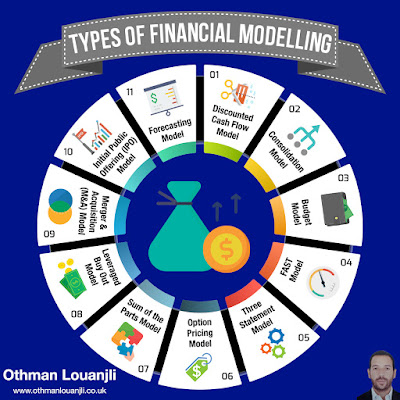One of the 2017 culinary trends to watch out
for is the revival of French
cuisine,
according to a list from the James Beard Foundation. Many home cooks are
desperate to bring the exciting and complex flavours that exist in French
cuisine to their own home table. This is perfectly understandable of course,
with French cuisine often being seen as the height of cooking sophistication.
However, they are put off by the perceived
complexity of this cooking style and are therefore hesitant to try it. Yet
there are simpler recipes available that allow you to dip your toe into the
world of French cooking without having to spend hours cooking up such a meal.
You can try the recipe in the short video attachment for a delicious lunch that
is going to be ready in just minutes.
Othman Louanjli is someone who
appreciates the possibility of being able to cook French cuisine in his own
home. He tends to focus on creating traditional and harmonious dishes, with an emphasis
on the main ingredient that has been used.
A Lighter
Touch
Modern French cooking is perhaps slightly
different to what people traditionally associate with this particular cuisine.
There are many top chefs who are going back to their French roots with their
cooking, but in a far more simple way than would have been traditionally used.
These chefs include Gabriel Kreuther and Kevin Adey. Kreuther advises to read
any recipe twice all the way through before beginning any home-cooking
experiment. This enables a budding chef to better plan a meal by working out
what ingredients are needed and in what order.
Focus on the
Produce
French cooking usually focuses on seasonal and
regionally sourced produce, and this is particularly important to the top
French chefs. They serve products that are fresh, in season and locally
sourced, and would never serve something like asparagus in autumn or tomatoes
in winter. The embedded PDF guides you through a great, simple winter warmer,
prepared in classic French style.
Layering
Flavours
French chefs are renowned for having a gift
for layering many different flavours, which is often a feature in sauces, soups
and stews. This layering process often takes place over a base ‘mirepoix’. This
is made up of carrots, onions, and celery, combined with garlic. Wine is often
used within this recipe to deglaze the pan or to be reduced, for a more intense
flavour. Finally, you can add a layer of fresh herbs for a finishing touch.
Typical Meal
Structure
A typical French meal will usually last for
three courses, none of which are meant to be rushed. This provides a pleasant
and relaxing end to the day’s activities. Soups, salads and other basic dishes
are often popular as starters. The attached infographic looks at how to make a
classic pissaladiere. Main courses tend to be built around one central
ingredient, such as chicken. This will usually be roasted to the perfect point
at which the skin is crispy and the meat underneath is juicy and tender.
Dessert can be quite a varied course, which options ranging from a simple
selection of cheese and fruit, to a more complex and fancy pastry or tart. The
latter can be an important addition to any budding French cook’s repertoire.
Master the
Basics
The key to creating spectacular French meals
lies in the ability to master some of the basic meals and techniques. To do
this, spend time researching and learning a variety of different cooking
methods, and why and how they are used.





